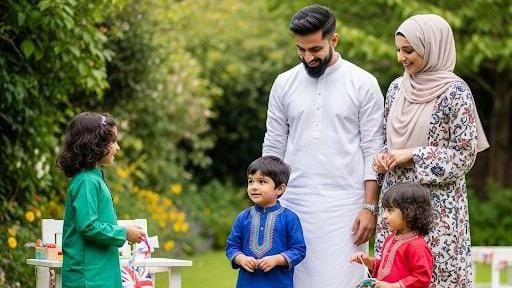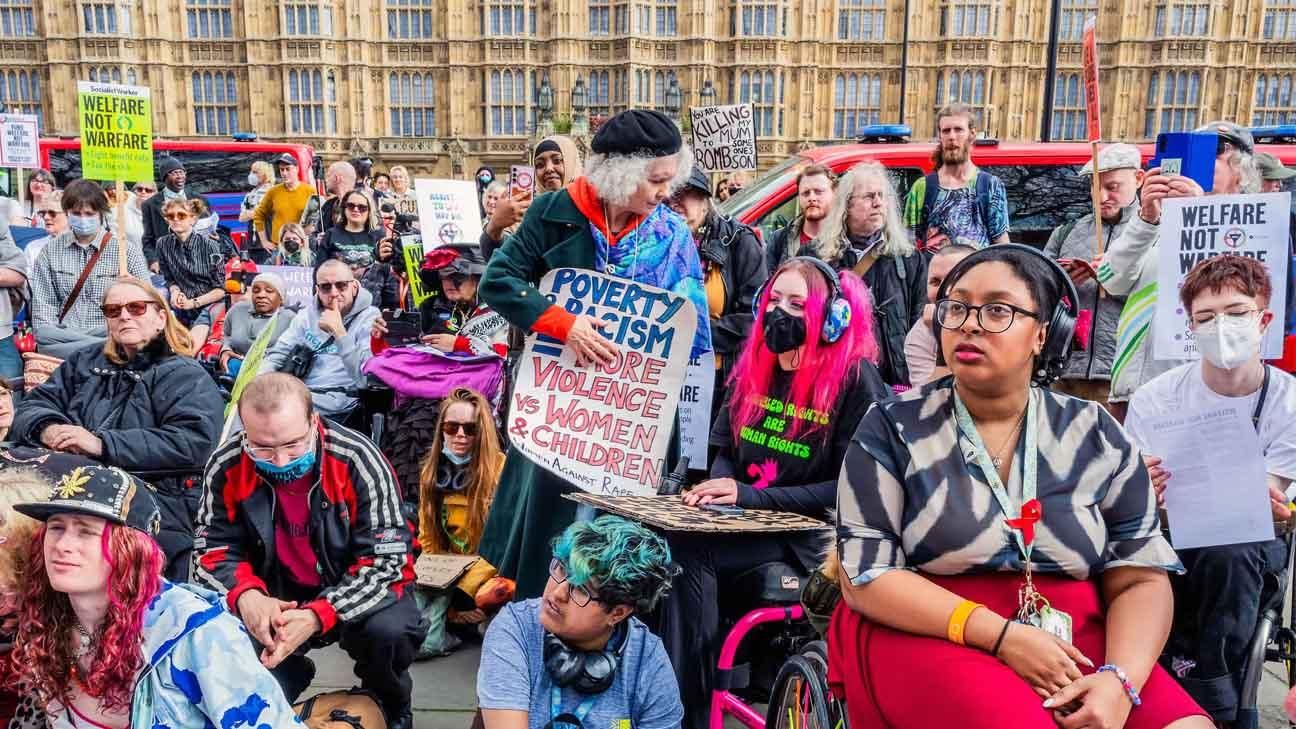A recent assessment reveals that over 25% of the labor force in Bangladesh's small-scale leather factories consists of minors, underscoring the dire circumstances surrounding child labor in the South Asian nation.At least 237 of the 880 leather industry workers in the Hazaribagh and Hemayetpur areas of Dhaka, as well as in Bhairab, which is about 85 km from the capital city, were found to be under the age of 18, forced to work at a young age to support their impoverished families, according to a survey conducted by the University of Sussex's Institute of Development Studies.
Some of the youngsters, who were as young as eight years old, were employed in dangerous jobs that including carrying big loads, physically dying leather with chemicals that were poisonous, and using heavy machines and cutting tools without enough safety equipment. During peak season, the youngsters, who are as young as eight or nine years old, labor seven days a week in shifts that never end. Their monthly income is as little as thirty pounds. According to Dr. Jody Aked, a technical specialist with the Institute of Development Studies who worked on the research, "a light work day for them is about 10 hours." "Working 13 to 14 hours a day, seven days a week, for three weeks straight is considered a heavy shift."
Bangladesh's leather industry has become the country's second largest exporter after garment manufacturing, with leather exports amounting to about $2bn a year. However, 34.6% of children were exploited under the worst forms of child labour, according to the International Labor Organisation. Many informal businesses rely on child labour due to lack of financial means, and employers must be held accountable for forcing children to work longer hours through abuse or coercion. The government needs to work with informal leather businesses to bring change, as they are keen to improve their fiscal conditions and avoid relying on child labour for profit. The government should work with these businesses to help these children.








.svg)

